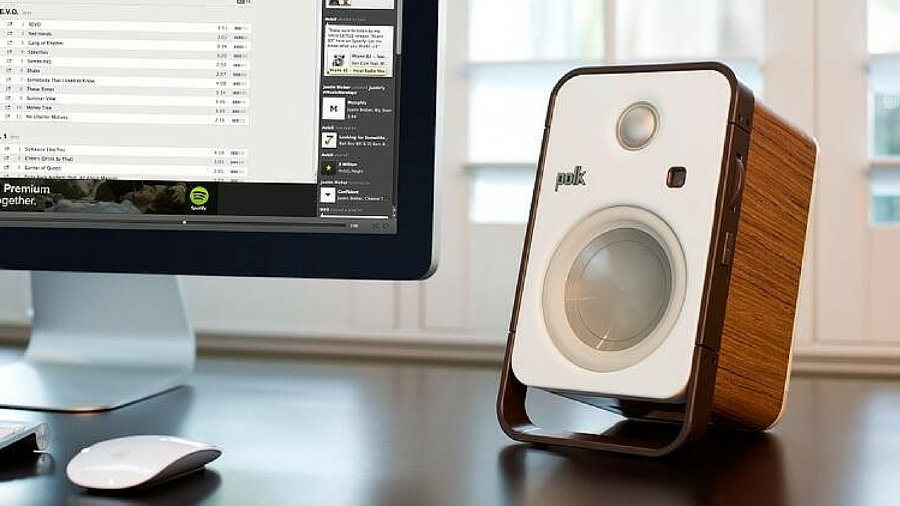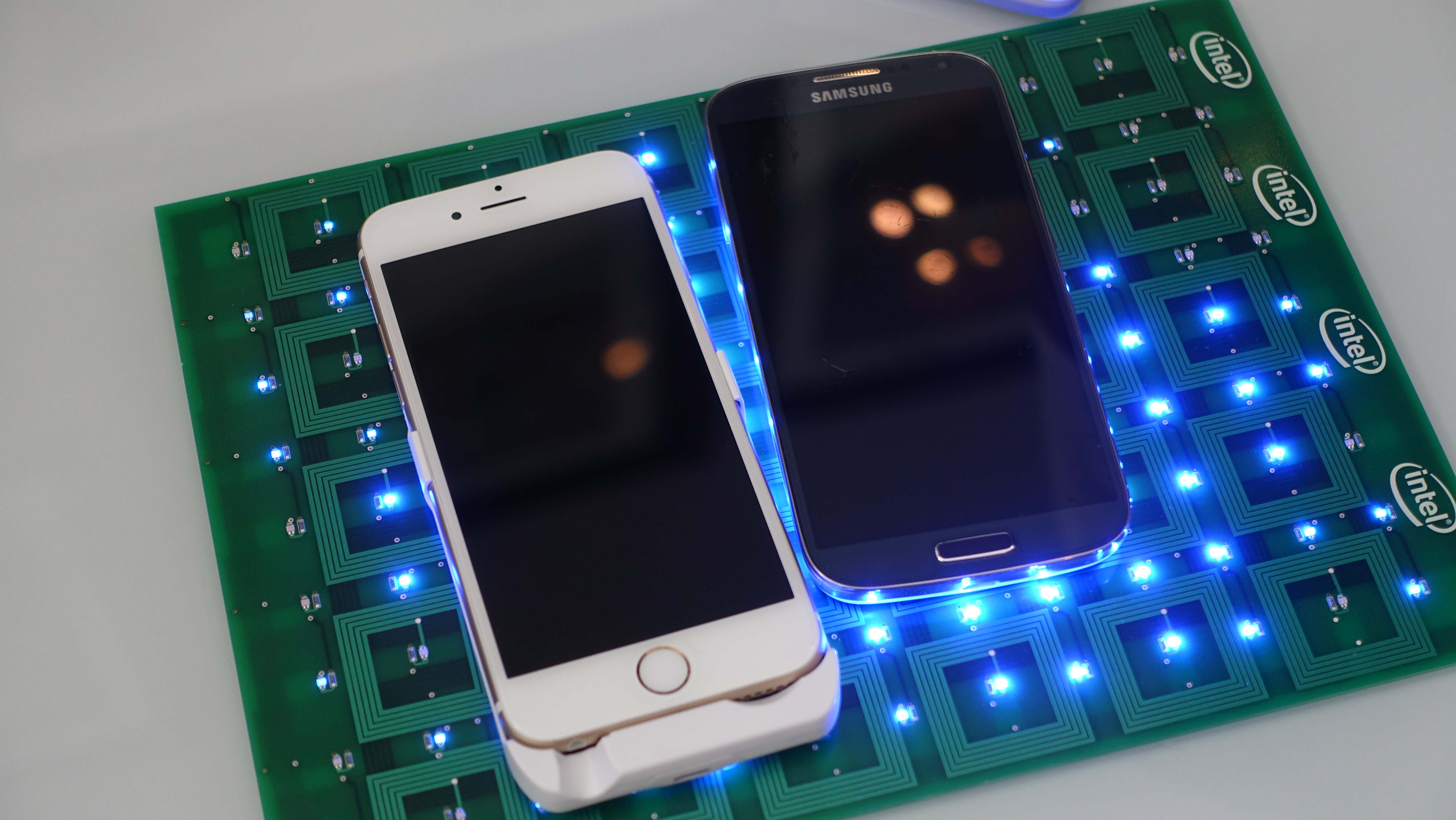The wireless desktop is set to become a reality in 2016
But will users embrace it?

The relentless application of Moore's Law to its roadmap means that, over the past two decades, semiconductor giant Intel has been able to cram an exponentially larger amount of compute power in smaller die areas, slashing the power consumption/dissipation at the same time.
Add the lack of competition in the x86 arena, the tepid PC market and the notable absence of mainstream, non-gaming software that can bring top of the range computers to their knees and you understand why Intel and its partners have been looking for innovative ways to add value to the personal computer.
This is where Sanjay Vora comes in. As Intel's VP of User Experience, he oversees the entire process that links users to products and beyond to a multitude of partners (ISVs, developers, OEMs/ODMs). "The User Experience effort at Intel started a few years ago," he told TechRadar Pro during an interview at IFA, and it saw "tens of thousands of users" being interviewed about what they do with their computers.
Easing pain points
This exercise, which is a continuous one, compelled Intel to work with its business partners to identify and mitigate pain points. The two obvious ones were wires and passwords – Vora noted that "you lose a few minutes every day dealing with them". Over the years, that adds up to a fair amount of time and frustration.
The quest for "what can you [the user] do differently" as Vora put it, means that the commercial ambitions of Intel and its partners are, for once, aligned with the end users.
We raised the spectre of Windows 8, Microsoft's doomed attempt at changing the way its customers interacted with the operating system by forcing them to use touchscreen displays and removing some features – like the Start menu button – that millions had learnt to love.
Vora took a different view – he noted that there are still use case scenarios where touchscreen is essential, for example when dealing with detachable or convertible devices.
Sign up to the TechRadar Pro newsletter to get all the top news, opinion, features and guidance your business needs to succeed!
Technologies like Wireless Display, docking and power have improved significantly in recent times, in part due to the jump in compute power we've seen, but also other innovations that Intel and its partners have invested in.
Going back to Microsoft, Vora said that Intel and Redmond have been working closely to integrate these innovations tightly with the new Windows 10. "We have been working with them since the beginning [of the development of Windows 10]," he said.
From integrating the Windows Hello secure login system with Intel's own True Key technology to working on Continuum, both companies have reinforced their relationships in a bid to create (or at least try to create) a much more compelling user experience.

Wireless charging
As for the company's roadmap for wireless, the next big thing will be wireless charging which is likely to hit the mainstream later next year with 20W receivers being commercialised. Vora confirmed that laptops with an integrated receiver (i.e. the coil) will go on sale by then, with weight and cost premiums unlikely to be significant.
20W is still a long way from what current laptop power supply units can deliver; the Apple MacBook for example uses a 29W model while the Dell XPS 13, one of the smallest Ultrabooks on the market, relies on a 45W unit.
But that's not all – user interaction is also about making humans interact better with each other when communicating via devices. Which is where Intel's Real Sense comes in; the technology which makes good use of the CPU and GPU resources available on Intel's processors helps create better interfaces, immersive collaboration and even a better gaming experience.
Intel partnered with Electronic Arts for example to allow object and face scanning, letting the end user digitise and integrate real, physical objects. Intel also teamed up with gaming outfit Razer for a standalone Real Sense camera.
Exponential rise
The wider picture is a growing number of computing devices, with an exponentially larger rise in interactions that's bound to happen – interactions between the devices themselves, or between the devices and human beings, or indeed between devices and their environments.
And this can only mean more revenue for Intel and its partners. As Mooly Eden, the former VP of perceptual computing, put it to me last year, computing is all about data and if a bit (as in a binary digit) moves, then Intel wins financially.

Désiré has been musing and writing about technology during a career spanning four decades. He dabbled in website builders and web hosting when DHTML and frames were in vogue and started narrating about the impact of technology on society just before the start of the Y2K hysteria at the turn of the last millennium.